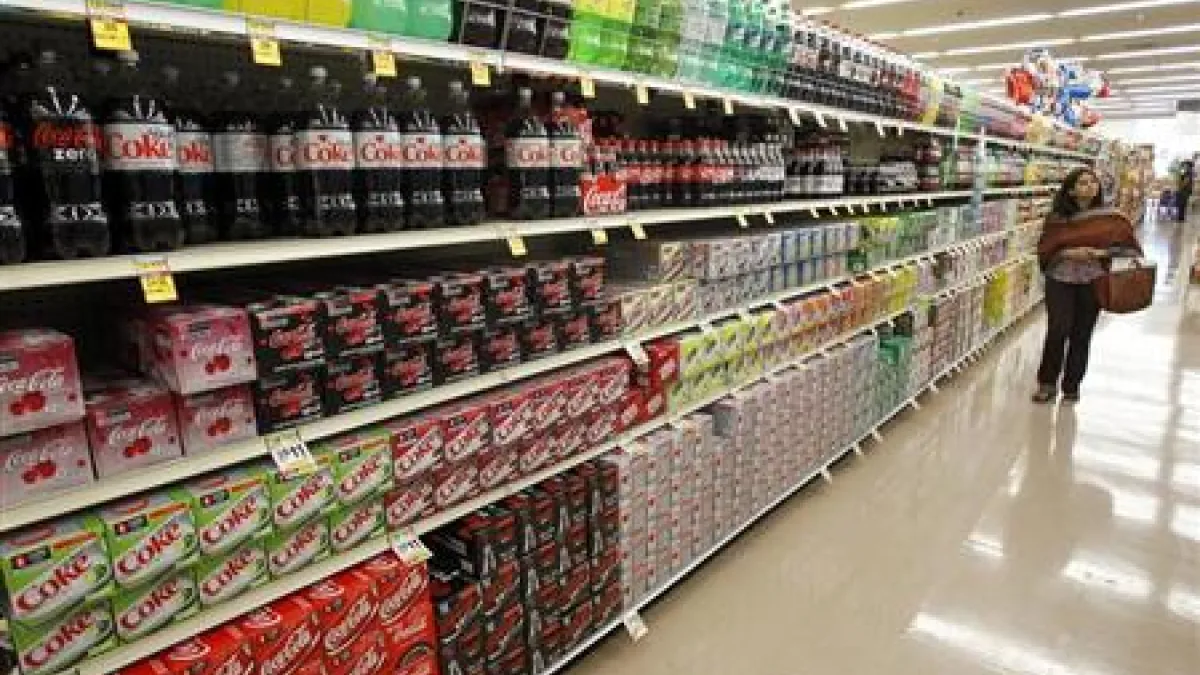
The annual rate of inflation inched up to 3% in September, the Labor Department reported on Friday, but the tenth-of-a-percentage-point increase over last month’s reading was less than expected, boosting confidence that the Federal Reserve will cut interest rates again at its next meeting on October 28-29.
A measure of core inflation — which leaves out volatile food and fuel prices — also came in at 3.0% in September, easing slightly from the month before. Analysts had expected to see both overall and core inflation rates register 3.1% in September.
On a month-over-month basis, the consumer price index rose 0.3%, below expectations. The monthly reading for core inflation was 0.2%, down a tenth of a percentage point from August.
Shutdown delay: The September report was more than a week late due to the government shutdown, and there was a chance it wouldn’t be released at all with most federal employees on furlough. But the September data was collected before government funding lapsed on October 1, and the Bureau of Labor Statistics called back some employees so that the report, which plays a role in determining the annual Social Security cost-of-living adjustment, could be released despite limited staffing.
The Trump administration said Friday that an inflation report for October probably won’t be released, since data is not being collected during the month.
Tariffs in play: Although the inflation rate was better than expected in September, the annual inflation rate was the highest since January. Analysts say tariffs are playing a role, even if the elevated pricing pressure is not as bad as initially feared when President Trump began to roll out his tariff hikes earlier this year.
Significant price increases were seen in several tariff-affected categories, including apparel, where prices rose 0.7% on a monthly basis; furniture and bedding, up 0.9%; and sporting goods, which increased 1%. Overall, though, analysts say that U.S. companies continue to absorb much of the tariff costs, limiting price hikes and allowing the Fed to focus more on the state of the labor market for now.
“Tariff related inflation will remain a concern in the near term,” James Knightley, chief international economist at ING, said in a note to clients, per The Wall Street Journal. “[B]ut it is the jobs market that is becoming the more pressing issue for the Fed with a clear chance that the ‘low hire, low fire’ economy becomes a ‘no fire, lets fire’ story.”
Krishna Guha, vice chairman at Evercore ISI, said the latest inflation data support the view that tariffs will raise prices but not kick off a new inflationary wave. “Signs of spillovers from tariffs remain weak and support the view that tariff hikes will translate into a one-off bump in prices instead of persistent inflationary pressures,” he said, per CNN.
Still, some economists continue to worry about inflation, which is rising while running well above the Fed’s 2% target rate. Inflation “is looking way above target,” said former Obama administration economist Jason Furman. “Financial conditions are easing. People are worried [about ]a bubble. You would not normally cut interest rates at a time like this.”
Mark Zandi, chief economist at Moody’s Analytics, warned that inflation will likely intensify. “Inflation is uncomfortably high and is set to accelerate further in the coming months,” he told CNN. “Inflation is firmly above the Federal Reserve’s direct, and the direction of travel is for even higher inflation going into next year.”
A mixed experience: RSM Chief Economist Joseph Brusuelas said the September inflation report is a good reminder that the U.S. economy looks very different to people depending on where they are in a “K-shaped economy” that is very good for the wealthy and not so great for those below. Inflation is low enough to allow for rate cuts, which will boost asset values, but high enough to hurt consumers at the lower end of the income spectrum, Brusuelas said.
“Those who work and live in a world of low rates, liquidity and leverage will continue to prosper from the more dynamic portions of the American economy as rate cuts bolster equity prices, dampen yields and push firms back toward risk-on behavior,” Brusuelas wrote in a research note. “But those who live and work on the lower spur of K may have a vastly different view of the economy. Look beneath the headline number and there are large annual increases in the cost of food, meat, housing and utilities. Middle class and down-market households experiencing slowing wage growth are having difficulty adjusting to persisting increases in the cost of living.”